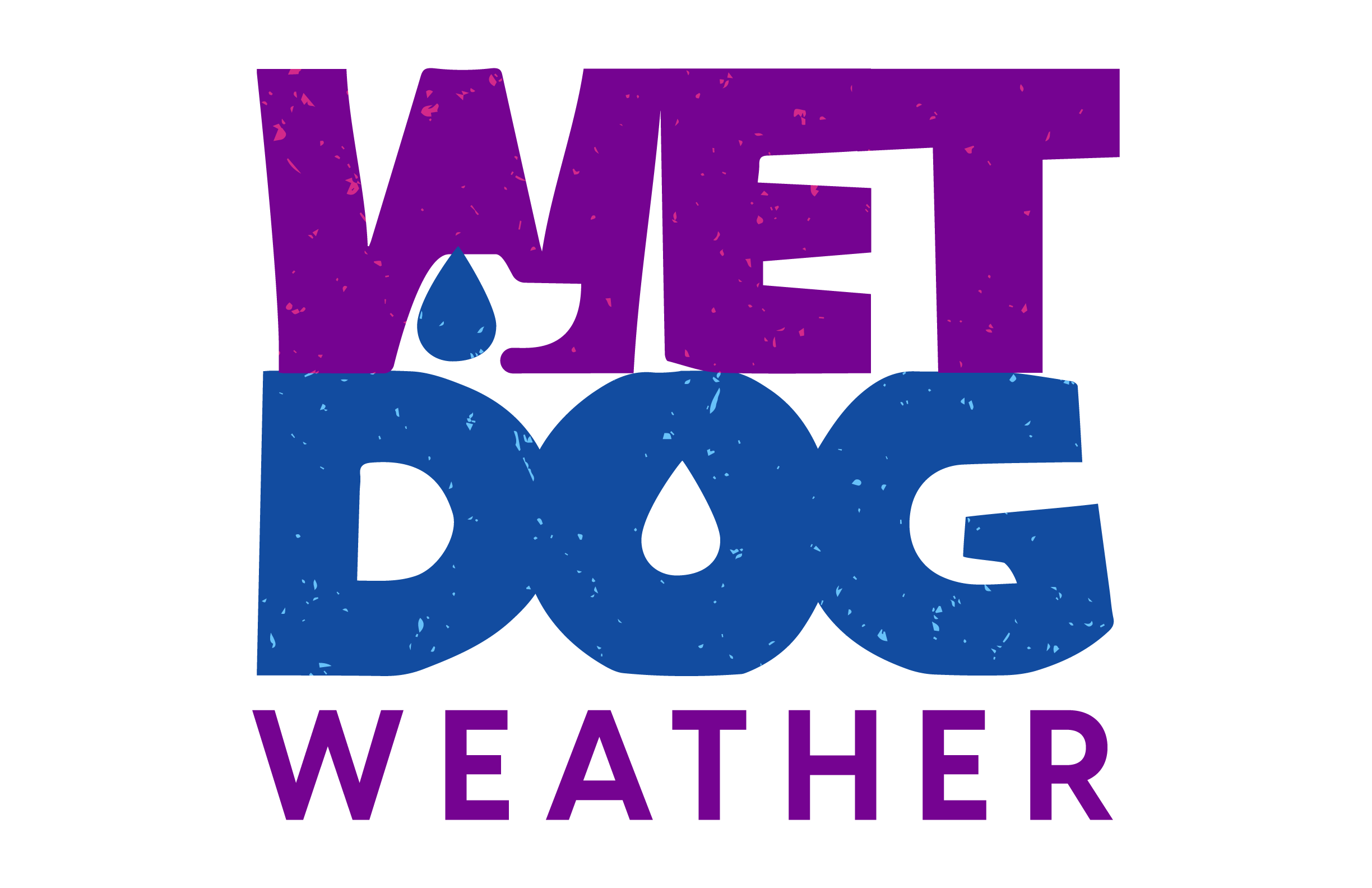When launching a startup, cloud infrastructure costs can quickly add up. That’s why Amazon Web Services (AWS) and competing cloud vendors offer startups cloud credit programs to help offset expenses in the early years. These AWS credits can be a lifeline, but figuring out how and when to use them is trickier than it looks.
At Wet Dog Weather, we’ve been through this process ourselves. Since 2022, we’ve navigated everything from $1k credits to $100k offers — and we’ve learned that your AWS credits strategy can shape not only your budget, but also the way you build your infrastructure.
Understanding AWS Credits
When we began Wet Dog Weather, one of our investors, Graph Ventures, gave us a code for $100,000 in AWS credits through the AWS Activate program. On paper, that sounded like free money. But there are rules:
- $100k can be redeemed over 1 year
- $25k can be spread over 2 years
- Smaller $5k and $1k credits are also available
- Startups can only redeem $100k in total within their first 10 years
(AWS has recently raised this cap to $400k for AI companies, though the details are still evolving.)
The takeaway: AWS credits aren’t one-size-fits-all; they require planning.
Why We Didn’t Grab the $100k Right Away
Taking the $100k immediately might sound smart, but we worried it would lead to poor infrastructure decisions. When cloud spend feels free, there’s a temptation to build inefficient systems that don’t scale once the credits run out.
So, we started small. In 2022, we redeemed a $1k AWS credit, which covered a third of our AWS bill for the year. Total spend: under $2k. That decision compelled us to design lean systems from the outset.
Scaling Carefully with Credits
As our products grew in 2023, so did our AWS needs. I searched for a $25k credit but instead found a $5k option. We used it, stretched it, and later redeemed a $10k credit through our VC. That covered much of our growth year, keeping our total 2023 AWS spend just under $11k.
By pacing ourselves, we used AWS credits as a safety net rather than a crutch.
Where We Are Now
Our AWS costs are rising alongside our business:
- 2022 – ~$2k spend
- 2023 – ~$11k spend
- 2024 – almost $20k spend
- 2025 (so far) – already over $50k
That growth is healthy. Instead of letting credits mask costs, we used them to support infrastructure that aligns with profitability.
Lessons for Other Startups
If you’re weighing how to use AWS credits, here are a few lessons from our journey:
- Don’t blow the big credit too soon. Redeeming $100k at once can encourage wasteful architecture.
- Match credits to your stage. If you’re pre-scale, smaller credits may be smarter.
- Think past the credits. Build infrastructure you can afford when the freebies are gone.
- Watch for new programs. AWS continues to refine its credit rules, particularly for AI businesses.
Wrapping Up
For us, AWS credits were less about free cloud spend and more about building discipline. They gave us flexibility while keeping us focused on sustainable growth.
And while we’re not actively seeking funding, if anyone happens to have one of those elusive $25,000 AWS credits, we’d love to chat.
At Wet Dog Weather, we’re building weather visualization tools that help industries make smarter decisions, all powered by the cloud. Every dollar (and every credit) has helped us get here.

